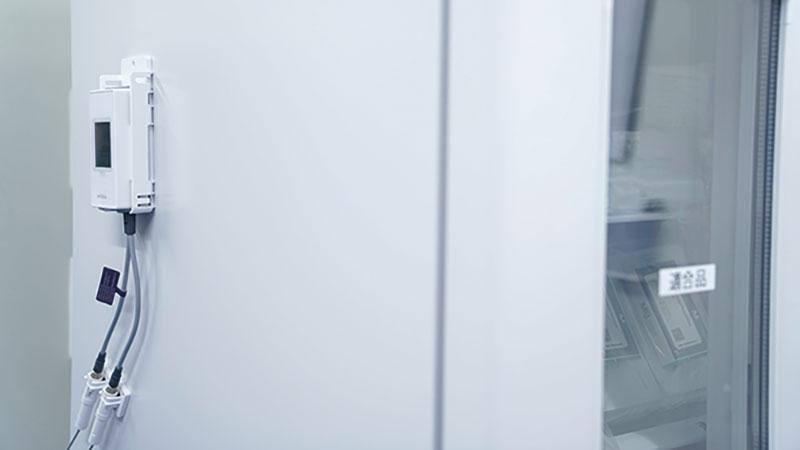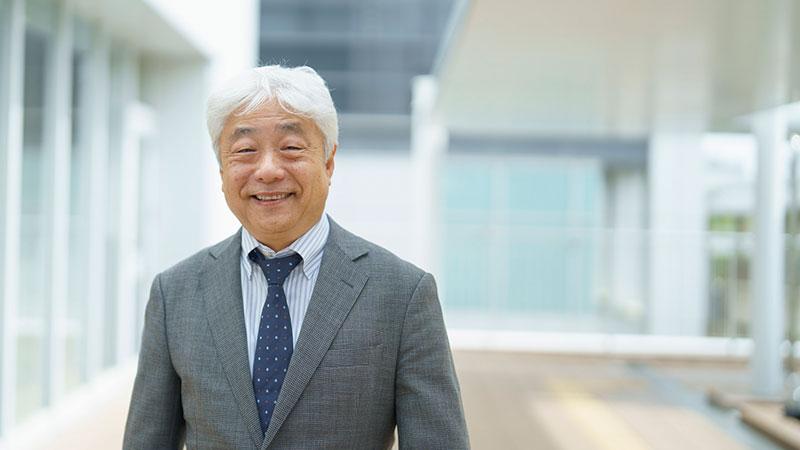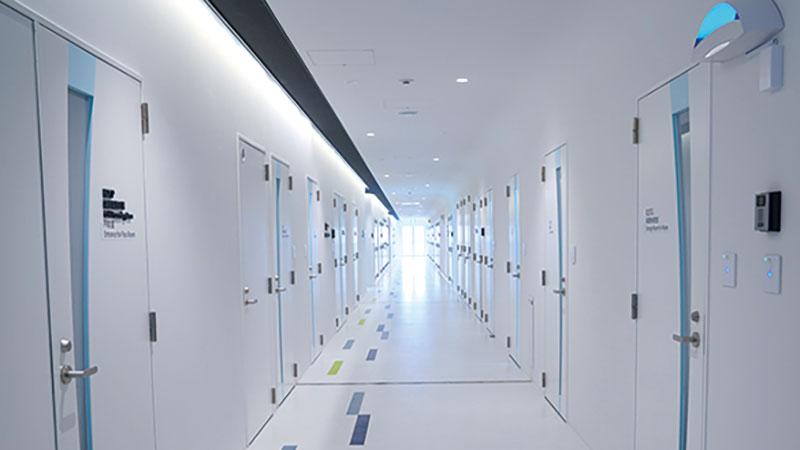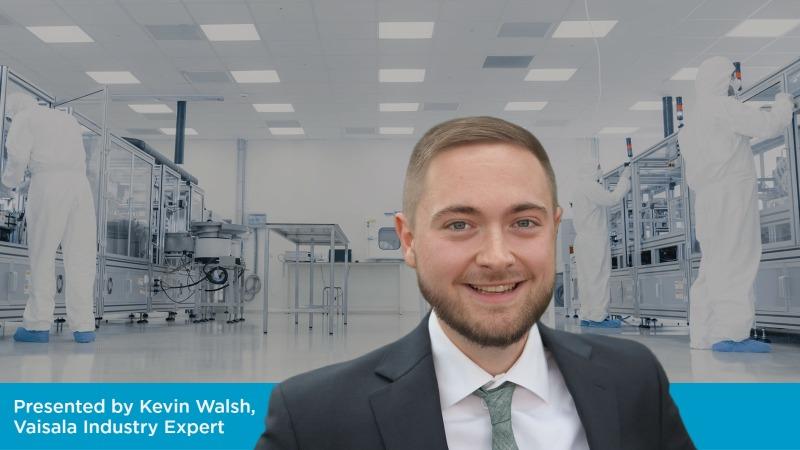Cyto-Facto Inc.: Advancing cell & gene therapies, providing the promise of health
In April 2023, Cyto-Facto Inc. (CF), a spin-off of the Foundation for Biomedical Research and Innovation at Kobe, Japan, began manufacturing gene and cell preparations to meet a worldwide growing need for new treatments that leverage a patient’s immune system to fight disease. One example is an emergent gene therapy like CAR-T (Chimeric Antigen Receptor T-cell/CAR-T cell), which is showing enormous promise in the treatment of lymphatic cancers. However, robust process needs, including controlled, sterile environments, make the manufacture of cell and gene therapies complex and costly.
With a solid track record in R&D and manufacturing investigational and commercial products, Cyto-Facto Inc. has long experience in compliance with GMP (Good Manufacturing Practice), and process development for gene and cell preparations. A large team of accomplished personnel has allowed Cyto-Facto Inc. to begin developing and producing life-saving drugs and treatments.
Cyto-Facto Inc. CEO and President Shin Kawamata has faith in the competency of the company’s staff. "Because the raw materials for cellular medicine are living organisms, sterility and standardization are difficult to achieve, as is proper implementation of the manufacturing process,” said Kawamata. “The need to maintain a heavy-duty HVAC system and high costs are hurdles to commercialization and industrialization. In addition, the initial stage requires manual manufacturing methods, which must be performed by skilled personnel.”

Compliance with Good Practices for GCTP
While conventional drug and medical device reviews focus on the technical aspects of manufacturing and quality control, the regulations regarding GCTP (Good Gene, Cellular, and Tissue-based Products Manufacturing Practice - Source PMDA) require more specialized knowledge of the biological properties of cells and tissues and their therapeutic effects. Because GCTP products are individualized therapies that utilize the cells and tissues of an organism, unlike conventional small molecule-based drugs, clinical trials and reviews are conducted on an individual basis, with stricter rules for the production and management of products to ensure safety and efficacy.
CF implemented the Vaisala viewLinc continuous monitoring system in their controlled environments to ensure compliance with strict GCTP regulations. Since CF provides Cell Processing Centers (CPCs) for clinical trials and commercial development, the company needs to meet the requirements of each client, including the layout of the equipment in the processing center and the items to be monitored.
The Vaisala viewLinc monitoring system can be configured with wireless data loggers to flexibly accommodate layout changes. In addition, the ability to use virtual servers and the ease-of-use of the software interface are ideal for managing the complex CPCs. As a sensor manufacturer, Vaisala also offers a wide array of measured parameters, device connectivity options, and support services. With audit trail and user administration features, the viewLinc software is compliant with GxP and global regulations. Vaisala also supports compliance with its GxP documentation package and comprehensive IQOQ protocols.
Before the viewLinc monitoring system was installed, Cyto-Facto Inc. conducted a preliminary radio signal test to verify that viewLinc’s RFL100 data loggers’ wireless communication was fully functional across CPCs in separate buildings. This initial demonstration allowed for the AP10 network access points and wireless data loggers to be properly positioned and the system was implemented quickly.
Environmental Monitoring before viewLinc
Prior to the introduction of the Vaisala continuous monitoring system, sensors without data logging capabilities sent environmental data to a centralized monitoring system. However, this entailed the risk of data loss in the event of a communication failure. In addition, the old system required an on-premise server, supported by periodic data backups and maintenance, which placed an extra burden on staff. The monitoring system software only provided one level of access privileges. Access privileges were granted only to specific personnel who had received training, to limit the number of operators and avoid errors and data modification. With Vaisala’s viewLinc monitoring system, detailed user access permissions can be configured at multiple levels to achieve highly secure operations with flexible and lean staffing. Easy administration of user access rights also supports GxP compliance.
Advantages of Vaisala Wireless Loggers: No Communication Failures

Today Cyto-Facto has over one hundred Vaisala RF100 wireless data loggers operational in its manufacturing and cell storage environments. Because cell processing centers have small, controlled environments, such as refrigerators, freezers, and CO2 incubators, there were initial concerns about using wireless connectivity for data loggers. However, the Vaisala VaiNet wireless technology uses a uniquely powerful wireless platform based on LoRa modulation, and the VaiNet data loggers have proved to be reliable.
Environmental data in controlled environments has implications for manufacturing parameters and process control in the development of gene and cellular preparations, so seamless data collection is extremely helpful for ensuring quality. viewLinc is also used to centralize data from different areas, such as quality control and storage facilities. The viewLinc View settings allow users to centrally display the rooms through which the material passes and then trace the temperature and humidity at the time of passage, as well as display the conditions of the equipment and CPC at the time of production.
Cell standardization supported by QbD
Currently, Cyto-Facto Inc. is particularly focused on cell standardization. The purpose is to clearly define rules and standards and to ensure a stable supply of cells with guaranteed safety. Efforts to standardize and automate the cell therapy field to develop new products and efficient production models are a major milestone toward commercial manufacturing. However, cell therapy manufacturing is difficult to standardize and automate. One solution may be using a Quality by Design (QbD) approach for in-process monitoring to ensure mechanisms and procedures that ensure optimal quality are designed into all processes. Another solution is advancing technologies.
"Cloud-based software is being developed to set up a good variation of standards and automate them with in-process monitoring, which will ensure quality and reduce costs. Digitalization will be the trend of the future,” said Kawamata. "In the cell culture process, there are many factors that affect the condition and quality of the cells. For example, the type and concentration of the medium, temperature, CO2 concentration, and cell density.
“QbD allows us to evaluate how these factors impact quality and to find the ideal conditions, which also helps automate the cell culture process. Real-time monitoring of high-precision measured data and constant maintenance of optimal in-process environmental conditions have great potential to contribute to the realization of automation and mass production in the future.”
"Instead of using destructive testing for the final test, I would like to build on the QbD concept, pioneering the use of technological innovations to create in-process monitoring that can be automated and the use of a system that collects data in the cloud.”
- Shin Kawamata, CEO & President of Cyto-Facto Inc.
Application Messaging Platform (AMP)
Cyto-Facto Inc. is currently working with several companies to develop new, optimized systems. One example is the Application Messaging Platform (AMP), a new GxP-compliant cloud service that fully digitizes the cell manufacturing process, ensuring both quality and cost benefits. AMP digitizes operations throughout the facility, from the delivery of patient cells and raw materials to planning, cell processing, analysis, review, and shipping. With real-time monitoring and review, product safety and efficacy are ensured through the digitization of all records of cell processing.
It also allows for integrated collection and monitoring of values such as pH, glucose, lactate, and pH vs. glucose to model complex cell manufacturing processes visually, easily, and flexibly. AMP is also expected to be a major step forward in automation, as it can adjust the overall manufacturing schedule and prevent missing or out-of-date raw materials through RFID (radio frequency identification).

Ecosystems that coexist with people, medicine, and society
From the viewpoint that the formation of new industries will lead to the sustainable development of the Kobe Biomedical Innovation Cluster, Cyto-Facto Inc. is leading the way not only within the scope of cutting-edge medical care, but also as a role model in the community. A core facility in the Biomedical Innovation Cluster, Cyto-Facto is part of an experiment in building a comprehensive ecosystem that includes education and community outreach.
"Through educational outreach activities at local schools and participatory experiences such as projection mapping, we are providing places where children can develop an interest in cells and learn about cancer cells and CAR-T cells,” said Kawamata. “In this way, we hope to deepen the local community's understanding of disease and to create a system to live in harmony with the community. So, we are working on creating and producing scripts for events and YouTube distribution.”
The viewLinc monitoring system monitors temperature, humidity, differential pressure, particulate and carbon dioxide in various applications at Cyto-Facto, including safety cabinets, clean rooms, storage facilities, incubators and more. In addition, the company uses Vaisala sensors and transmitters to measure and monitor material gas supply and residual pressure. Vaisala measurement technologies and systems will continue to be a part of Cyto-Facto’s complex cell and gene therapy operations, supporting advanced medicine that use living cells that provide hope for new, life-saving drugs and therapies.






